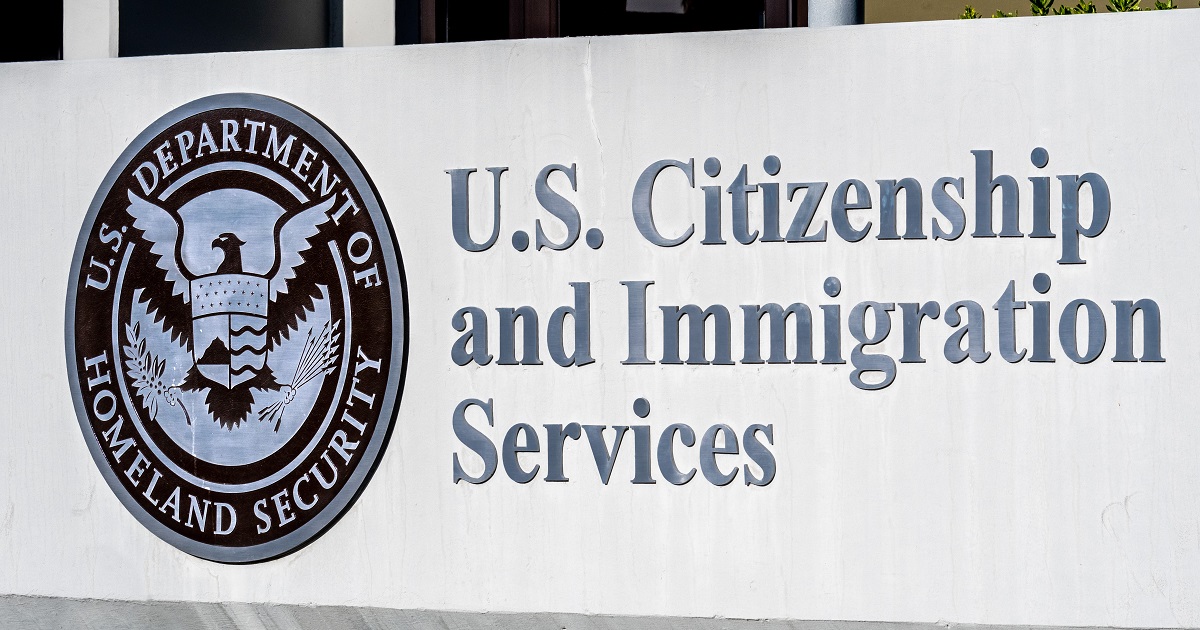U.S. Citizenship and Immigration Services (USCIS) operates under a flawed funding model. This virtually guarantees that the agency will always be under-funded and under-staffed. As a result, USCIS has been plagued for years by enormous backlogs of applications for immigration benefits. The people applying for immigration benefits must endure lengthy wait times before the agency processes their applications.
A report released on June 15, 2022, by the Citizenship and Immigration Services Ombudsman details these flaws in the agency’s funding model and provides recommendations on how to overcome those flaws.
The Flawed “Fee-for-Service” Model
Unlike most government agencies, USCIS is required by law to function on a “fee-for-service” basis—meaning that the agency must set the fees it charges for immigration benefits at a level high enough to recover the full costs of providing those benefits. USCIS reviews its fees every two years to ensure that this is taking place. If the fees being charged are not sufficient to cover costs, the agency can adjust the fees.
However, the rulemaking process which USCIS must follow to change its fees is very time consuming. The agency must engage in extensive data-gathering and analysis to justify any proposed fee changes. The proposed changes are then subject to multiple levels of review within USCIS, the Department of Homeland Security (DHS), and the White House Office of Management and Budget (OMB). Once these reviews are completed, officials publish the proposed fee changes in the Federal Register as a “Notice of Proposed Rulemaking” and the public must be given sufficient time to comment on the changes. USCIS must then respond to “all reasonable and relevant comments” before the new fees can take effect.
This entire process can take more than two years to complete. At that point, the data which USCIS used to justify the new fees is outdated, meaning that the revenue generated by the new fees may no longer match the actual costs of providing immigration benefits. But if USCIS wants to adjust its fees again, the agency must repeat the same years-long rulemaking process. The last time USCIS established a new fee rule under the Trump administration, it was riddled with political decisions aimed at making immigration more expensive and was struck down as unlawful. The agency’s most recent fee rule was sent to OMB’s Office of Information and Regulatory Affairs (OIRA) on June 27 and should be published in the near future.
Congress Doesn’t Cover Fee Waivers
Another problem with the fee-for-service funding model at USCIS is that Congress does not usually provide any funding through appropriations to help sustain the agency’s humanitarian work.
Asylees, refugees, victims of certain crimes, and some individuals who can prove financial hardship do not have to pay filing fees when they apply for immigration benefits. But since Congress does not help pay for these fee waivers, USCIS attempts to cover the cost by increasing all other applicants’ fees.
This is very different from the situation at the Department of State and the Department of Health and Human Services, both of which receive annual Congressional appropriations to fund their humanitarian programs.
These systemic flaws in how USCIS is funded ensure that, in any given year, the agency is not generating enough revenue to cover its actual workload. The predictable result has been a growing backlog of applications for immigration benefits and long delays between the agency’s receipt of an application and when it processes that application. Making matters even worse, when USCIS conducts its regular fee review every two years, it does not factor in what it would cost to reduce application backlogs and processing times.
The impact of the COVID-19 pandemic on USCIS operations made a bad situation even worse. The agency’s offices shut down completely at the beginning of the pandemic and didn’t begin to reopen (at limited capacity) until June 2020. As a result, the agency’s revenue plummeted and the backlog of applications increased dramatically, jumping from 2.7 million in July 2019 to 5.2 million as of June 2022.
The Ombudsman’s Proposed Solutions
To permanently fix all of these systemic problems at USCIS, the Ombudsman’s report recommends five changes in how the agency is funded:
- USCIS must “reengineer” its fee review process to include estimates of how much it will cost to reduce backlogs and processing times.
- Congress should provide appropriated funds for backlog reduction efforts at USCIS.
- Congress should provide appropriated funds to cover the costs of USCIS humanitarian programs (particularly the refugee and asylum programs).
- Congress should create a new financing mechanism through the Department of the Treasury which USCIS could draw upon to cover costs associated with unexpected events, such as unforeseen pandemics and new Temporary Protected Status (TPS) designations.
- USCIS should exercise the authority it already possesses to adjust fees every year to account for the estimates which OMB provides concerning federal pay raises and inflation.
Until Congress and the White House thoroughly revamp the funding model on which USCIS is based, the agency will remain incapable of fulfilling its mission or effectively meeting the needs of the people it is supposed to serve.
FILED UNDER: USCIS


